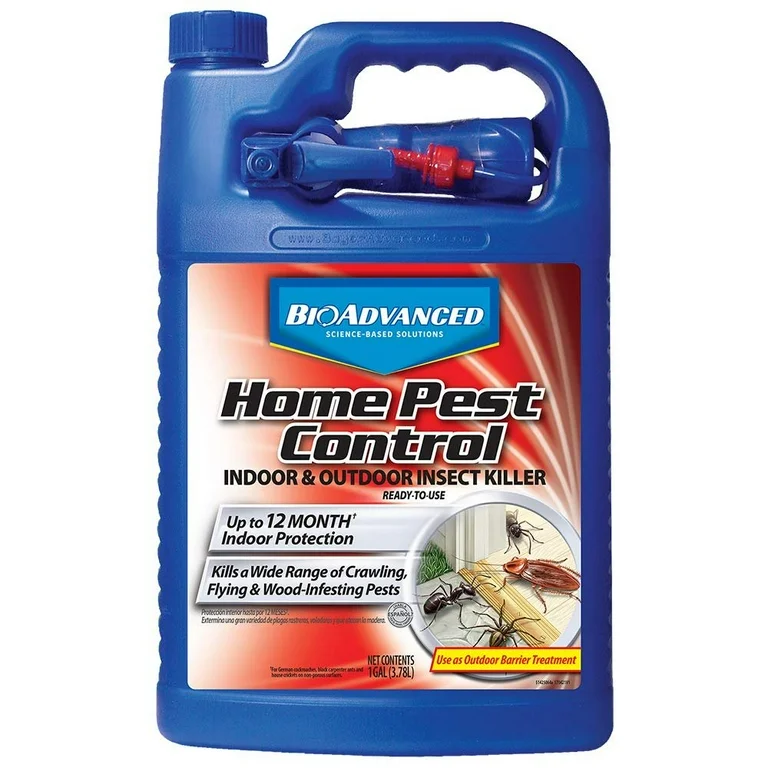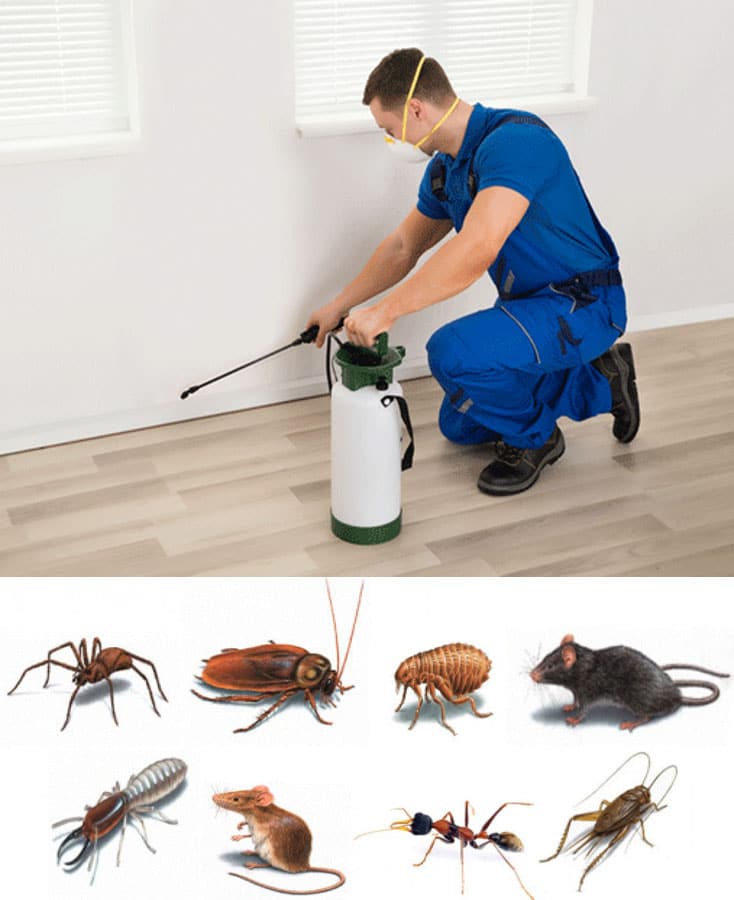A1 Bed Bug Exterminator Charlotte - Specialized Bed Bug Removal
A1 Bed Bug Exterminator Charlotte - Specialized Bed Bug Removal
Blog Article
Bed Insect Therapy Malfunction: Contrasting Chemical Vs. Non-Chemical Solutions
In the world of pest control, specifically when managing the persistent concern of bed insects, the option between chemical and non-chemical therapy remedies can be a pivotal one. Both techniques provide unique benefits and downsides, influencing factors such as performance, security factors to consider, and total expense. By analyzing the nuanced information of each method, a more clear understanding of which course to pursue in attending to a bed pest infestation can be obtained.
Efficiency of Chemical Therapies
Chemical therapies for bed pest infestations have been commonly acknowledged for their potent and rapid effectiveness in removing these pests. When considering the efficiency of chemical treatments, it is critical to recognize that they can supply a detailed and fast option to a bed pest issue. Specialist pest control men commonly count on pesticides to target bed insects at different stages of their life process, consisting of eggs, fairies, and grownups. These chemicals normally function by interrupting the bed insects' nerve system, resulting in paralysis and eventual fatality.
Moreover, chemical therapies have the advantage of supplying residual results, indicating that they can continue to get rid of bed pests also after the initial application. This recurring activity is especially useful in combating any potential re-infestations. In addition, the quick action of chemical therapies can bring alleviation to individuals encountering serious bed pest infestations, enabling them to restore control of their home rapidly.
Security Worries With Chemical Solutions
One vital facet that needs careful consideration when making use of chemical options for bed insect treatment is ensuring the security of residents and the setting. Direct exposure to certain chemicals used in bed insect therapies can lead to breathing concerns, skin irritability, or other damaging reactions, specifically in individuals with pre-existing problems or level of sensitivities.
Additionally, the environmental effect of chemical solutions is an additional considerable factor to consider. Some pesticides made use of in bed insect therapies might be unsafe to helpful pests, wild animals, and ecological communities if they leach into the dirt or water systems. It is necessary to use chemical therapies judiciously, complying with safety and security guidelines, and considering less hazardous alternatives to alleviate these dangers and make certain the safe and efficient administration of bed pest infestations.
Benefits of Non-Chemical Strategies
Thinking about the potential safety problems and ecological effect linked with chemical remedies for bed insect therapy, checking out non-chemical methods provides an appealing alternative with numerous unique benefits. Non-chemical therapies are ecologically friendly, as they do not add to air or water contamination, making them a sustainable option for insect control.
Additionally, non-chemical remedies can be reliable in targeting bed bugs, consisting of hard-to-reach areas where chemical therapies might not penetrate - A1 exterminator charlotte nc. Approaches such as warmth therapy, vacuuming, steam cleaning, and mattress encasements offer complete removal without the usage of unsafe chemicals.
Limitations of Non-Chemical Treatments

In addition, non-chemical therapies frequently need several applications to accomplish effective elimination. This can be time-consuming and might not always ensure total removal of all bed bugs and their eggs, particularly in covert or hard-to-reach places.
Furthermore, the success of non-chemical treatments greatly counts on proper execution and thoroughness, which can be challenging for individuals without specialist experience. Inadequate application of non-chemical techniques might result in incomplete elimination, leading to persistent infestations and the need for extra treatments.
As a result, while non-chemical therapies have their benefits, it is important to website here acknowledge these limitations and consider them when identifying the most reliable technique for taking care of bed bug infestations.
Cost Comparison: Chemical Vs. Non-Chemical Options
Provided the restrictions connected with non-chemical treatments, a necessary facet to review in the context of pest control direct bed bug administration is the expense contrast between chemical and non-chemical choices. Chemical treatments commonly include the application of insecticides by professionals, which can vary from $250 to $900 per space, relying on the intensity of the invasion and the size of the area to be dealt with. On the other hand, non-chemical treatments like heat treatment or vapor can be more costly, with prices varying from $1,000 to $6,000 for an entire home. While the initial cost of chemical therapies might seem lower, multiple therapies might be needed to totally remove the invasion, potentially raising the overall expense. On the other hand, non-chemical alternatives might provide a more lasting and environment-friendly service, although they can be cost-prohibitive for some individuals. Inevitably, when considering the cost of bed pest treatment alternatives, it is very important to consider the ahead of time costs versus the effectiveness and long-term sustainability of the selected approach.
Final Thought

Taking into consideration the potential security concerns and environmental influence associated with chemical options for bed bug treatment, exploring non-chemical techniques offers a promising alternative with numerous distinct benefits.Provided the constraints associated with non-chemical treatments, an essential element to review in the context of bed bug management is the expense contrast website here in between chemical and non-chemical options. In comparison, non-chemical therapies like warmth treatment or steam can be extra expensive, with expenses ranging from $1,000 to $6,000 for a whole home. While the first price of chemical therapies might seem lower, multiple treatments may be needed to completely get rid of the problem, possibly increasing the overall expense.In final thought, when contrasting chemical and non-chemical bed pest therapy alternatives, it is vital to think about effectiveness, safety and security, advantages, constraints, and cost.
Report this page